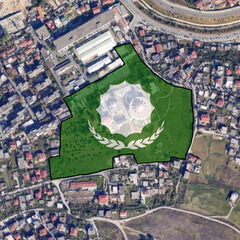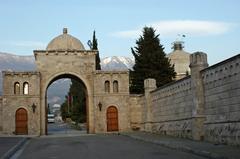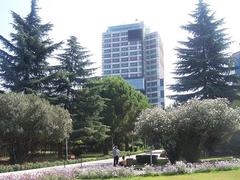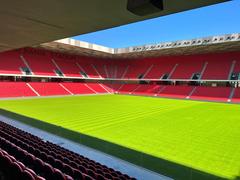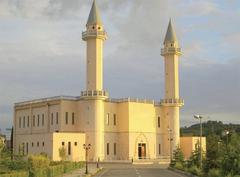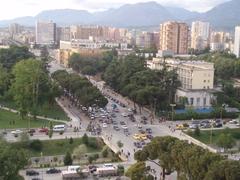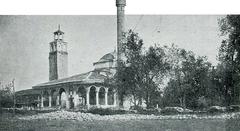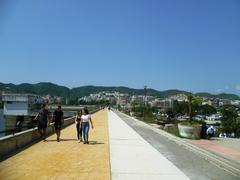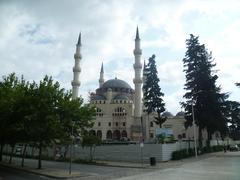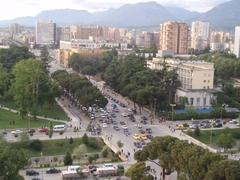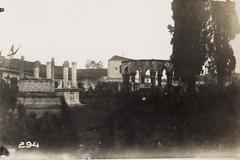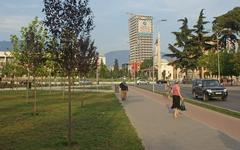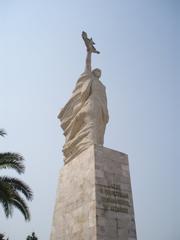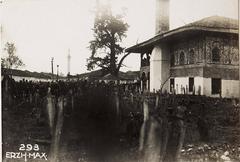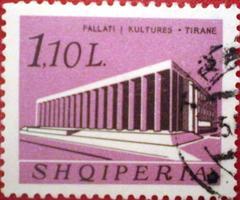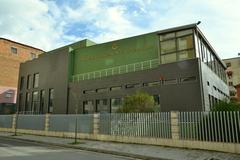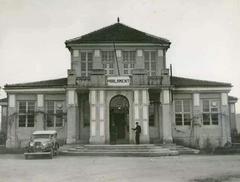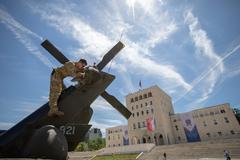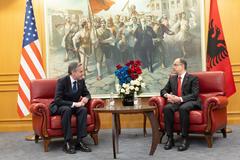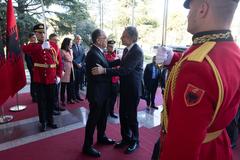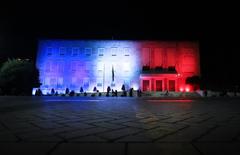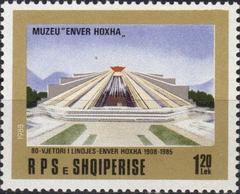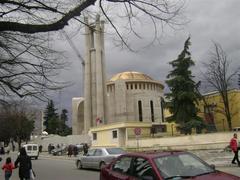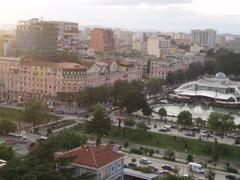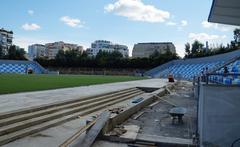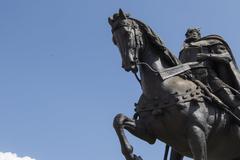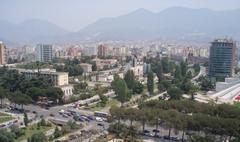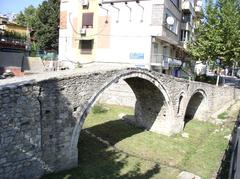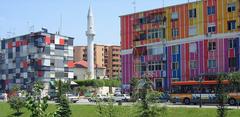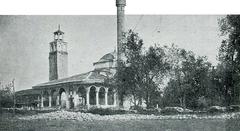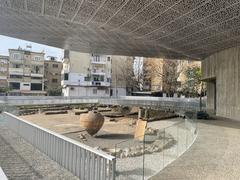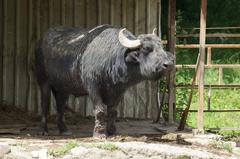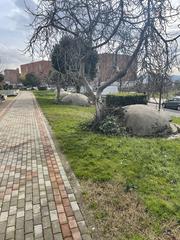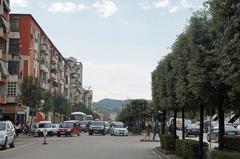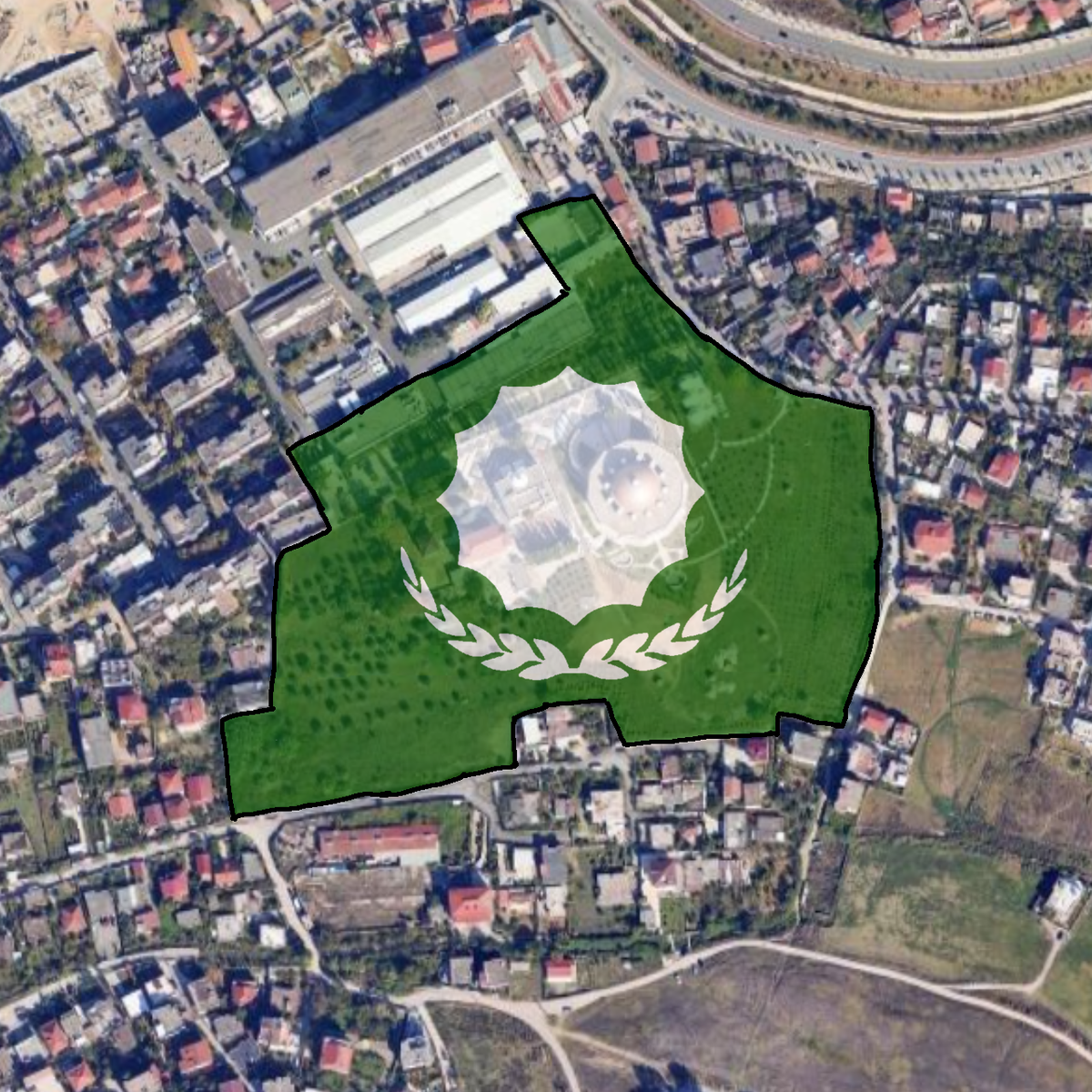
Visiting the World Headquarters of the Bektashi in Tirana, Albania: Complete Guide with Tickets, Hours, and Tips
Date: 15/06/2025
Introduction
Nestled in the vibrant heart of Tirana, Albania, the World Headquarters of the Bektashi Order (Kryegjyshata Botërore Bektashiane) stands as a potent symbol of spiritual heritage, intercultural harmony, and resilience. As the global epicenter of the Bektashi—a Sufi Islamic order blending Shia, Sufi, and indigenous Balkan traditions—the site draws visitors seeking insight into Albania’s religious history, unique architecture, and enduring tolerance (wiselancer.net; europe-diplomatic.eu). This guide details everything you need to know: the order’s background, visiting logistics, architectural highlights, and practical tips for a meaningful visit.
Table of Contents
- Introduction
- History of the Bektashi Order
- The World Headquarters in Tirana
- Visiting Information
- Cultural and Spiritual Significance
- Special Events and Festivals
- Nearby Attractions
- Practical Tips
- Frequently Asked Questions (FAQ)
- Visual Resources and Further Reading
- Conclusion and Call to Action
- References
History of the Bektashi Order
Origins and Development
The Bektashi Order traces its roots to the teachings of Haji Bektash Veli, a 13th-century Persian mystic renowned for his emphasis on love, tolerance, and spiritual enlightenment. The order flourished throughout the Ottoman Empire, gaining particular prominence among the Janissaries. Many of these elite soldiers were of Albanian origin, which helped introduce and embed Bektashism in Albania (wiselancer.net; wikipedia).
Arrival in Albania and Growth
Bektashism arrived in Albanian-speaking regions during the Ottoman conquest. By the 16th century, it had a stronghold in southern Albania, appealing to locals due to its syncretic blend of faith and its open, tolerant ethos (blogs.iu.edu). Bektashi teqes (lodges) became centers of spirituality, education, and community. The order’s influence also grew during the Albanian National Awakening, and key figures like Naim Frashëri helped intertwine Bektashism with national identity (wikipedia).
Suppression and Revival
The 1826 destruction of the Janissaries led to a crackdown on Bektashi institutions in the Ottoman Empire, but Albania’s relative autonomy allowed the order to survive and eventually thrive (wikipedia). The decisive moment came in 1925, when secular reforms in Turkey forced Sufi orders to disband. The Bektashi leadership relocated to Tirana, and by 1930, the Albanian Parliament had endorsed the order’s new home and statute (europe-diplomatic.eu). During Albania’s communist era (1945–1991), religious practice was banned, and many teqes were destroyed. Since the 1990s, the Bektashi Order has undergone a renaissance, symbolized by the modern World Headquarters (wiselancer.net).
The World Headquarters in Tirana
Establishment and Modern Role
The Bektashi World Headquarters was established in Tirana in 1929–1930, following the ban on Sufi orders in Turkey. Today, it serves as the spiritual and administrative heart of Bektashism worldwide, coordinating religious, cultural, and interfaith activities (kryegjyshataboterorebektashiane.org). The site is also a beacon for religious tourism, scholarship, and dialogue.
Architecture and Layout
The complex covers about 0.12 square kilometers and combines Ottoman, Anatolian, and local Albanian architectural influences. Key features include:
- Grand Tekke (Prayer Hall): The central dome and light-filled hall are adorned with mosaics, calligraphy, and stained glass.
- Mausoleum (Tyrbe): Final resting places of revered Bektashi leaders, including the Dedebaba.
- Museum and Library: Housing manuscripts, artifacts, and audio-visual exhibits chronicling the order’s journey from Persia through the Balkans.
- Gardens and Courtyards: Serene, landscaped areas ideal for reflection.
- Administrative and Social Facilities: Offices, guesthouse, medical center, and a café.
(Into Albania; Balkan Insight)
Visiting Information
Location and Accessibility
Located at Rruga Bektashinjve, Tirana, the headquarters is just 3 km from Skanderbeg Square. It is accessible by taxi, car, or public bus (Porcelan line stops nearby). Parking is limited, especially during festivals (Into Albania).
Visiting Hours
- Monday to Saturday: 9:00 AM – 5:00 PM
- Sunday & Religious Holidays: Closed or limited hours; verify in advance via the official website.
Tickets and Entry
- Admission: Free (donations encouraged for site maintenance and cultural programs)
- Tickets: Not required
Guided Tours
- Guided tours are highly recommended for in-depth interpretation.
- Available in English and other languages, especially during summer and weekends.
- Book in advance through the official website or local tour operators.
Facilities and Accessibility
- Wheelchair access: Ramps and accessible restrooms available.
- Restrooms: Clean, public facilities on-site.
- Café: Offers drinks and light snacks.
- Wi-Fi: Free in main courtyard and museum.
- Gift Shop: Religious items, books, and souvenirs.
Dress Code and Etiquette
- Dress modestly (shoulders/knees covered). Headscarves for women are appreciated but not mandatory.
- Remove shoes before entering prayer halls and mausoleums (shoe covers may be provided).
- Maintain respectful behavior; avoid loud conversation and disruptive conduct.
Photography Policy
- Photography permitted in gardens and exterior spaces.
- Always ask before photographing inside religious areas or during ceremonies.
Cultural and Spiritual Significance
The World Headquarters is the administrative and spiritual center of the global Bektashi community. It symbolizes Albania’s tradition of religious tolerance and the Bektashi’s active role in interfaith dialogue and peace-building (Balkan Insight). Major religious events—like Nevruz on March 22, marking the Persian New Year and Imam Ali’s birthday—are celebrated with ceremonies, music, and communal meals.
Special Events and Festivals
- Nevruz (March 22): Largest annual festival; lively rituals and community gatherings.
- Ashura (September): Commemorates Imam Husayn; marked by prayer and reflection.
- Interfaith Dialogues: Regularly hosted, often in partnership with international religious leaders.
Visit during festivals for a vibrant experience, or on weekdays for a quieter, more contemplative visit.
Nearby Attractions
- Skanderbeg Square: Central Tirana’s main plaza.
- National History Museum: A comprehensive look at Albania’s past.
- Et’hem Bey Mosque: A landmark of religious coexistence.
- Grand Park of Tirana: Perfect for relaxation after your visit.
- Dajti Mountain National Park: Accessible by cable car for panoramic views (Dajti Ekspres).
Practical Tips
- Language: Albanian is primary; many staff speak English, Italian, or Turkish.
- Weather: Most areas are outdoors; check forecast.
- Personal Belongings: Keep valuables secure; CCTV covers the site.
- Events: Check the official calendar for up-to-date event information and closures.
- Donations: Support site preservation if possible.
Frequently Asked Questions (FAQ)
Q: Is admission free?
A: Yes, entry is free. Donations are appreciated.
Q: What are the visiting hours?
A: Monday to Saturday, 9:00 AM to 5:00 PM; check in advance for holidays.
Q: Are guided tours available?
A: Yes, in several languages—book ahead.
Q: Is the complex accessible for people with disabilities?
A: Most areas are accessible; ramps and assistance are available.
Q: Can non-Muslims visit?
A: Absolutely; all respectful visitors are welcome.
Q: Is photography allowed?
A: Yes, in outdoor and museum areas; ask before photographing inside prayer spaces or ceremonies.
Visual Resources and Further Reading
- For high-quality images and virtual tours, visit the official Bektashi website.
- Alt tags such as “Bektashi World Headquarters prayer hall in Tirana” and “Gardens at Bektashi World Headquarters” improve accessibility and SEO.
- Tirana Tourism Guide
Conclusion and Call to Action
The Bektashi World Headquarters in Tirana is a living testament to Albania’s spiritual diversity, historical resilience, and culture of hospitality. Whether you are a spiritual seeker, history enthusiast, or curious traveler, the complex offers a welcoming and insightful experience. Plan your visit today; for enhanced information and self-guided tours, consider downloading the Audiala app and follow official channels for news and events. Discover the heart of Albania’s spiritual landscape and deepen your understanding of one of the Balkans’ most unique traditions.
References
- wiselancer.net
- europe-diplomatic.eu
- wikipedia
- blogs.iu.edu
- Into Albania
- Balkan Insight
- kryegjyshataboterorebektashiane.org
- Bektashi World Headquarters Official Website
- Albanian National Tourism Portal
- Dajti Ekspres
